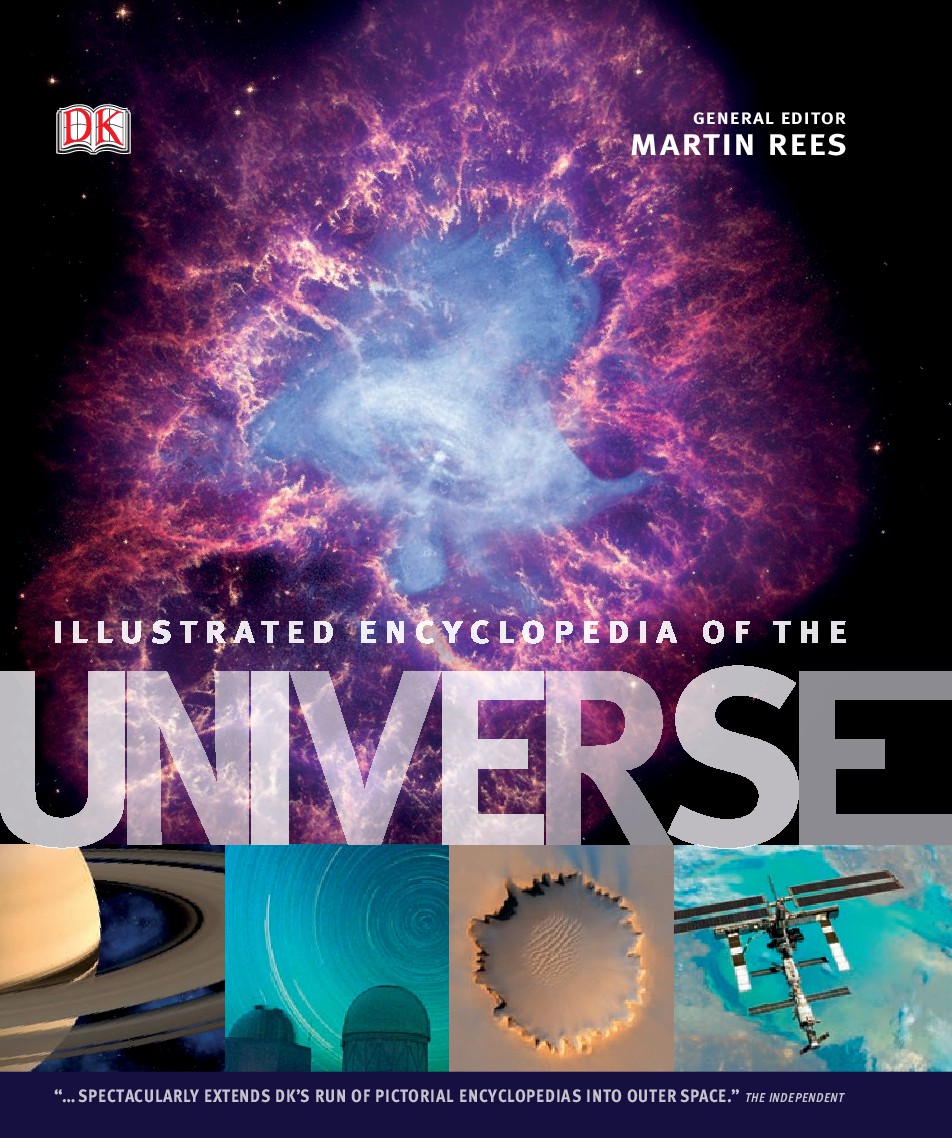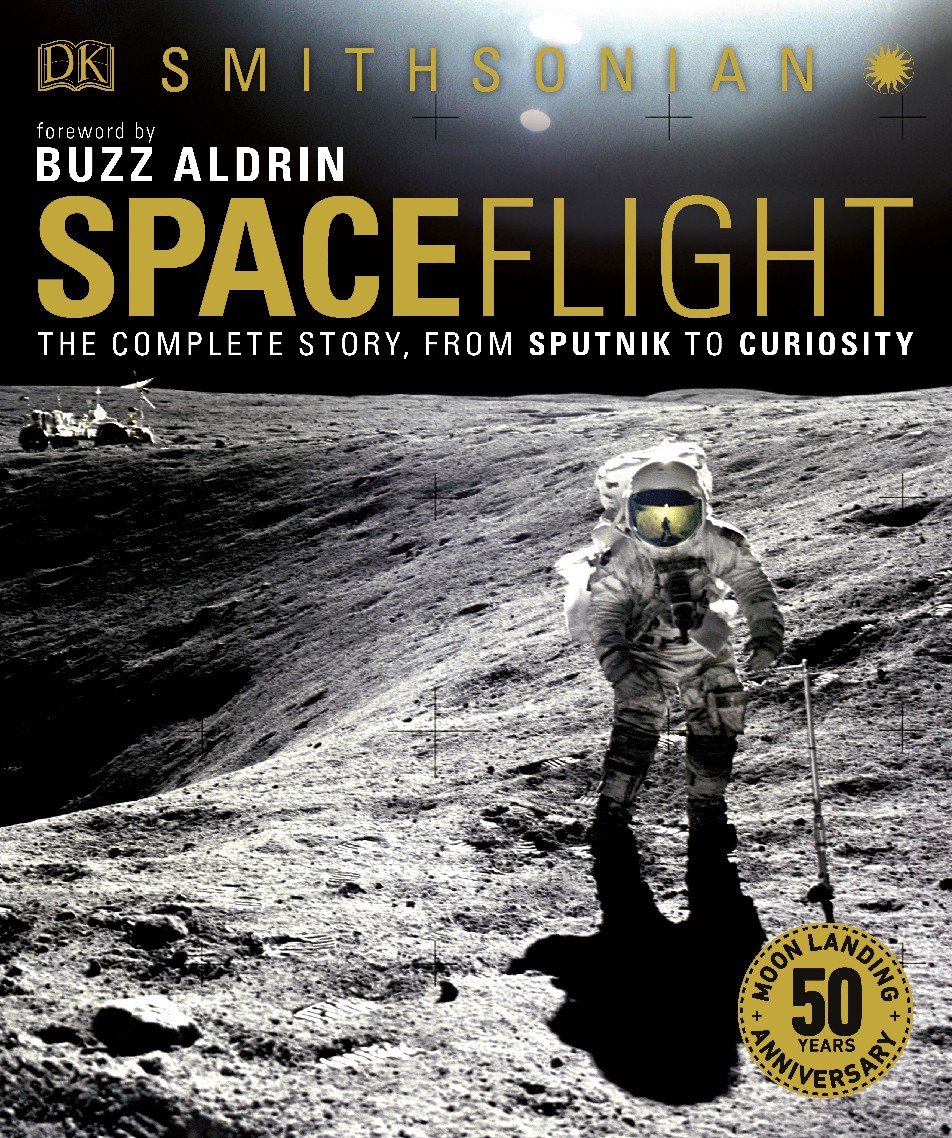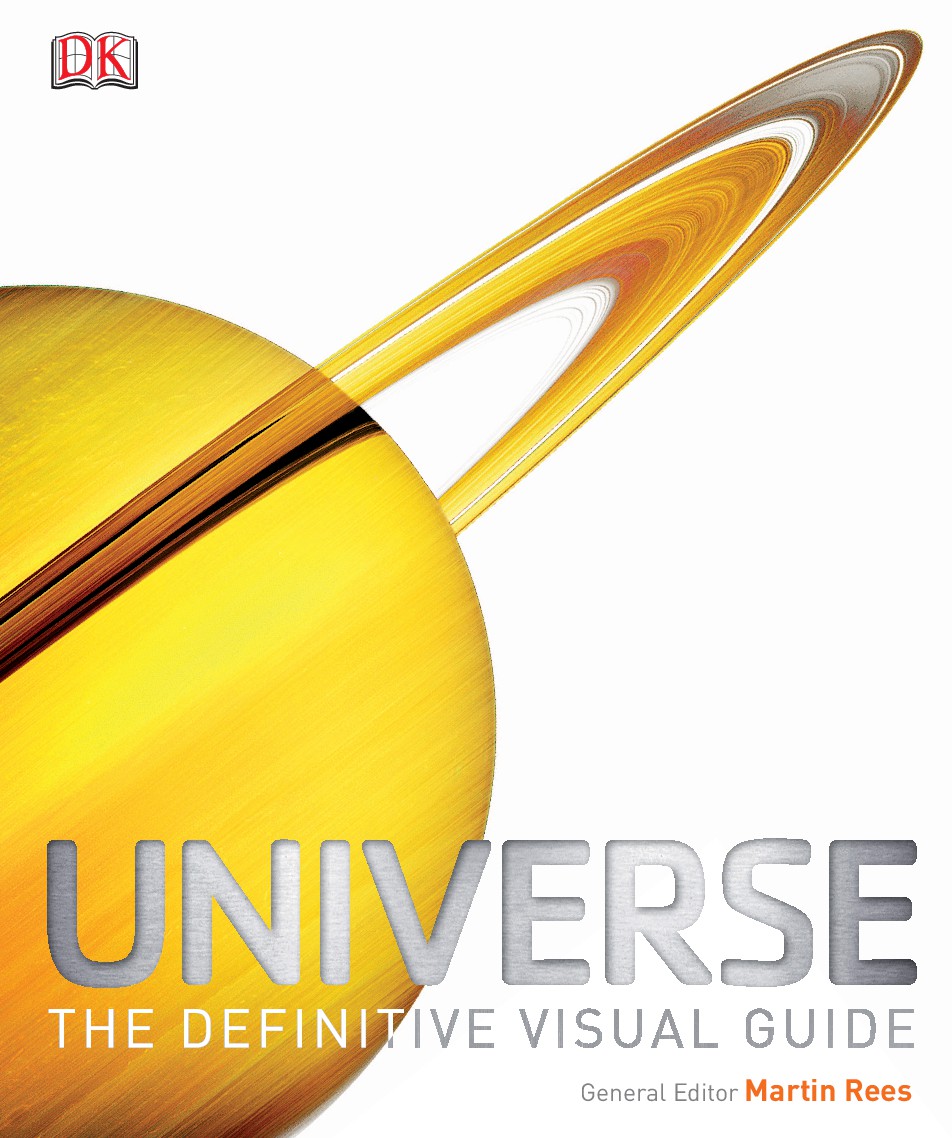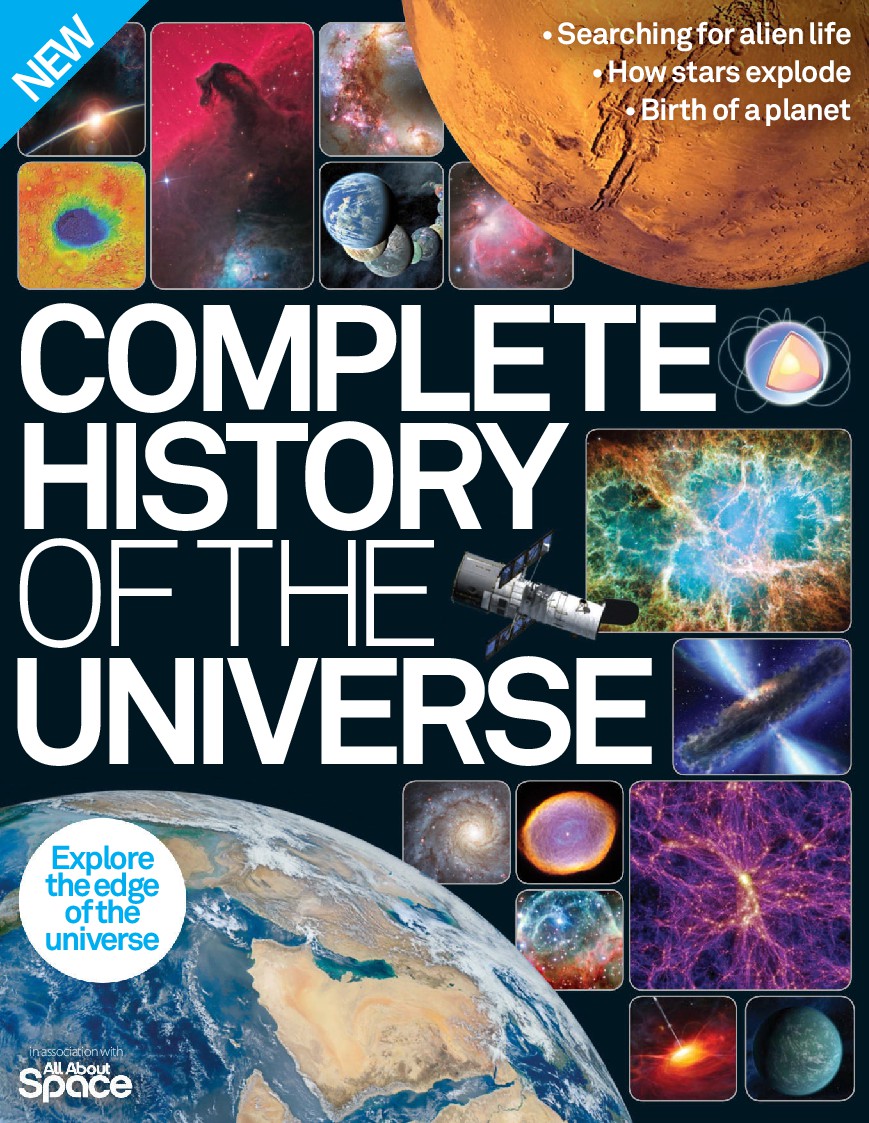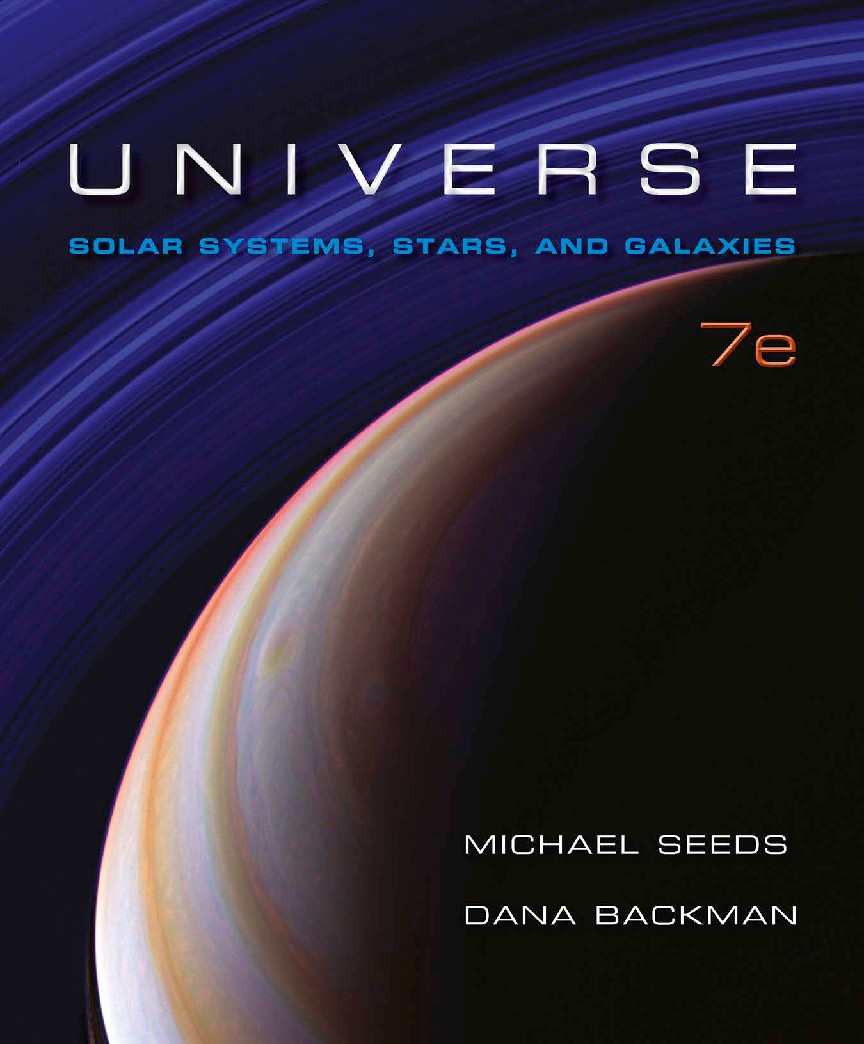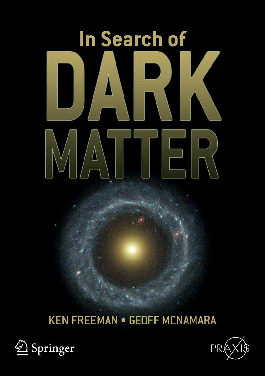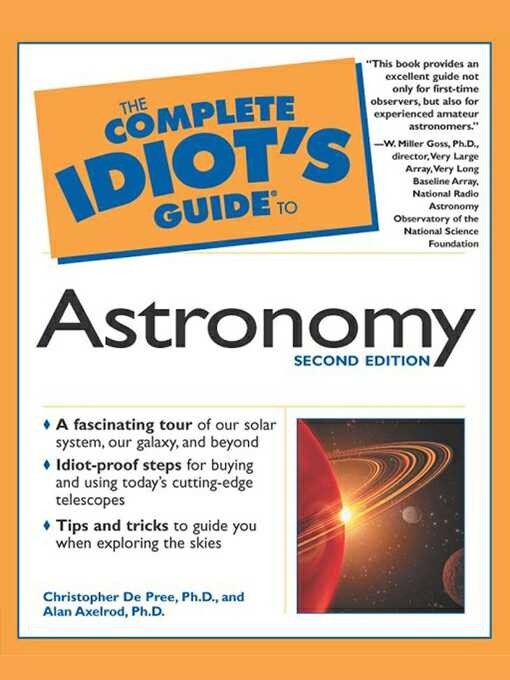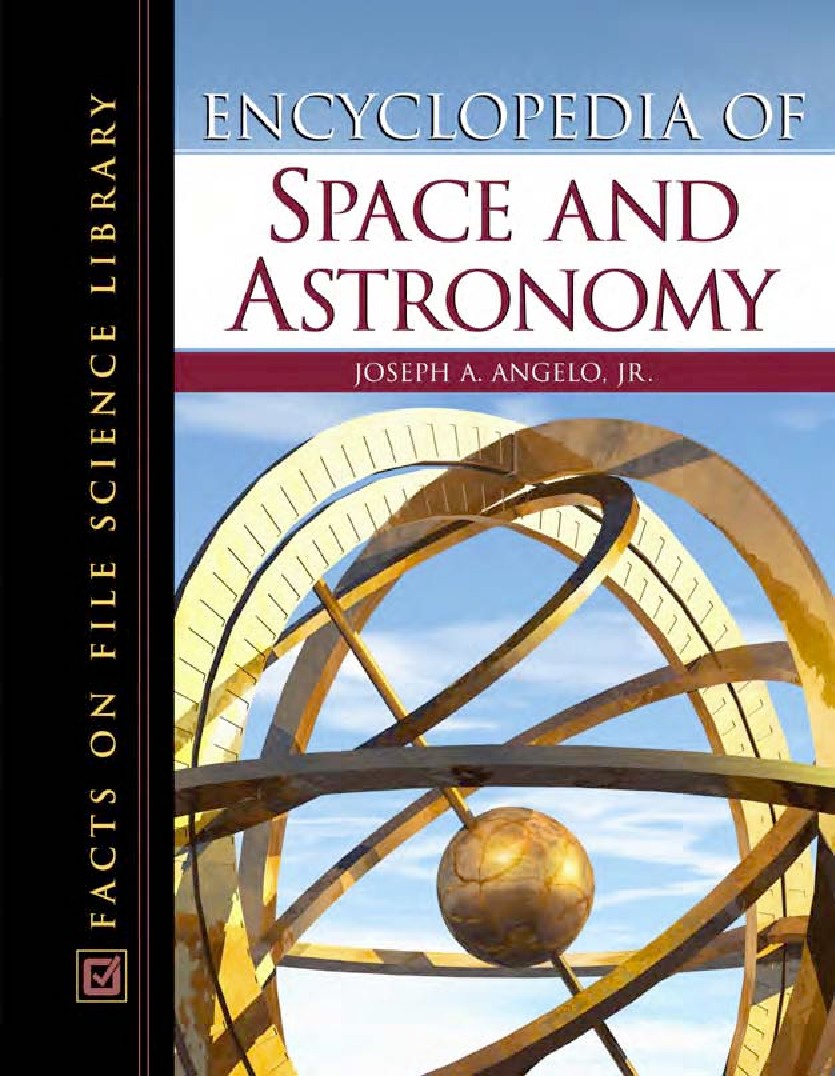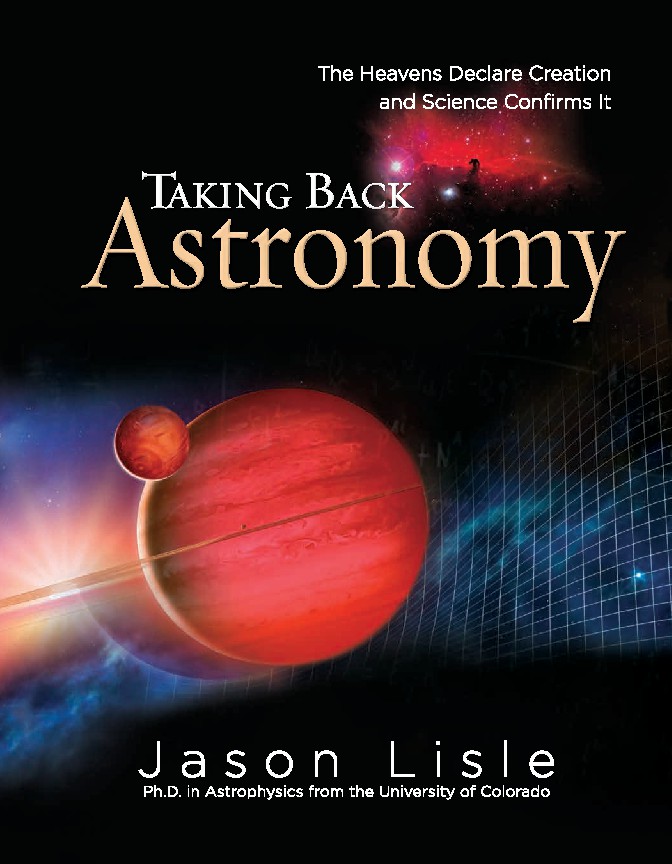Book Details

Phillip's Astronomy Encyclopedia
The progress of astronomy – or, more precisely, astrophysics –
over the past century, and particularly the past generation, is
not easily pigeon-holed.
On the one hand, profound truths have tumbled abundantly
from the sky. Here are four diverse examples:
1. Our universe began some 14 billion years ago in a single
cataclysmic event called the Big Bang.
2. Galaxies reside mainly in huge weblike ensembles.
3. Our neighbouring planets and their satellites come in a
bewildering variety.
4. Earth itself is threatened (at least within politicians’ horizons) by
impacts from mean-spirited asteroids or comets.
On the other hand, ordinary citizens may well feel that
astronomers are a confused lot and that they are farther away than
ever from understanding how the universe is put together and how
it works. For example, ‘yesterday’ we were told the universe is
expanding as a consequence of the Big Bang; ‘today’ we are told it
is accelerating due to some mysterious and possibly unrelated
force. It doesn’t help that the media dine exclusively on ‘gee-whiz’
results, many of them contradictory and too often reported
without historical context. I can’t help but savour the pre-1960s
era, before quasars and pulsars were discovered, when we naïvely
envisioned a simple, orderly universe understandable in everyday
terms.
Author: Patrick Moore (Philips)
Pages: 465
Issue By: eBook 707
Published: 2 years ago
Likes: 0
